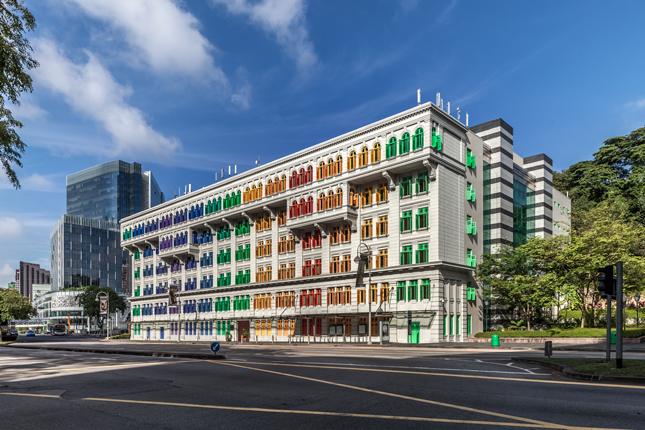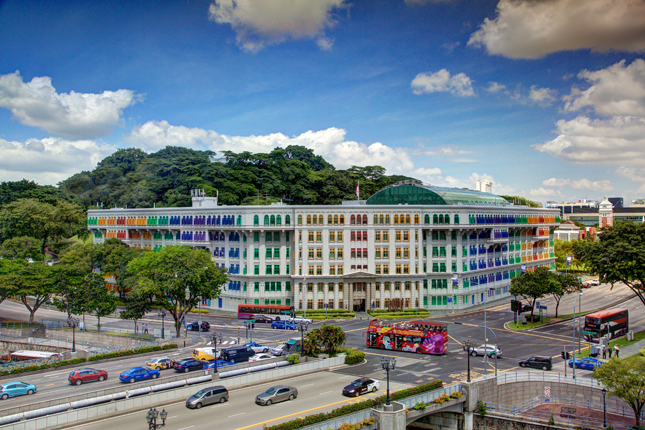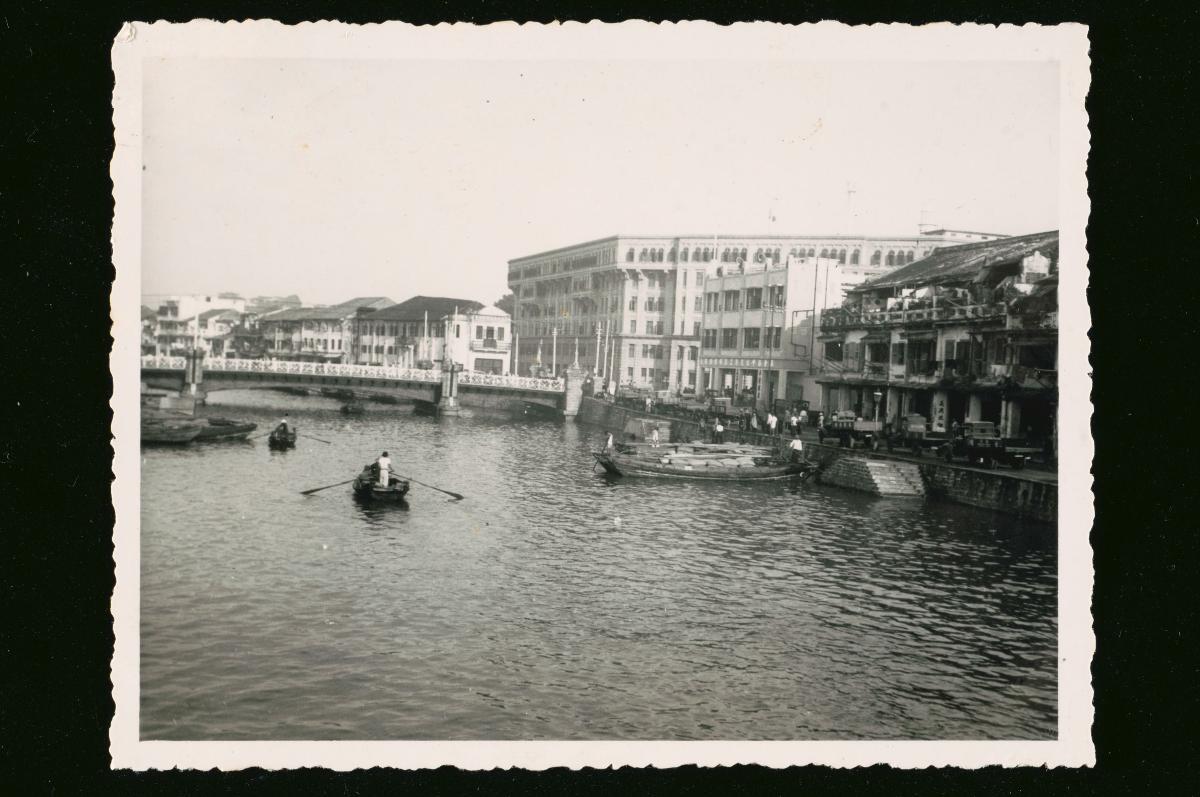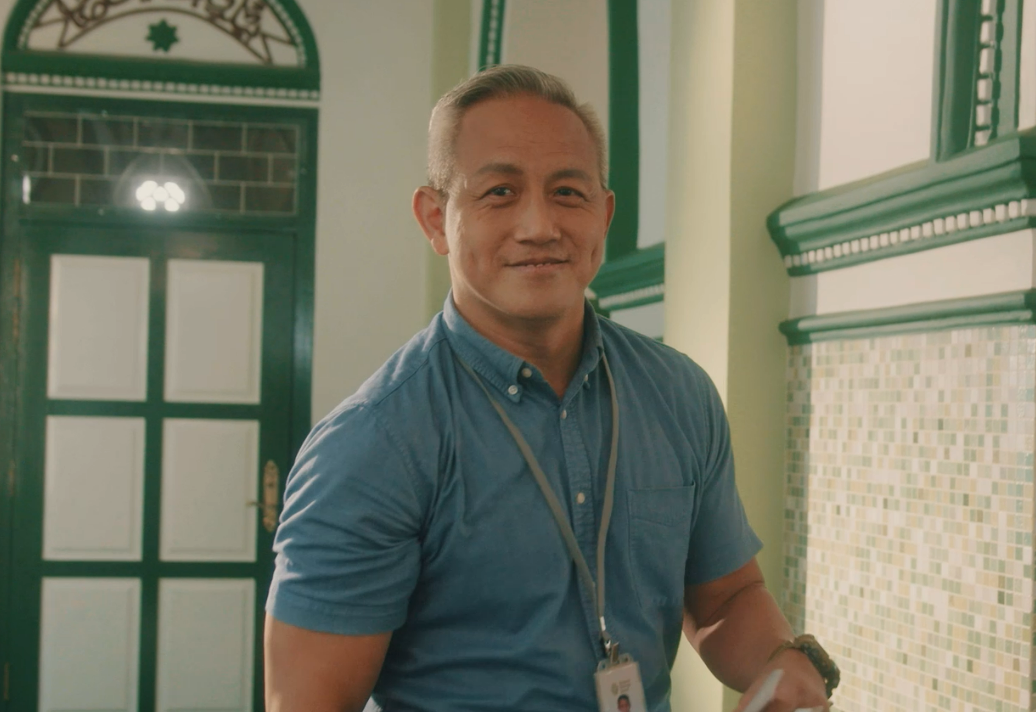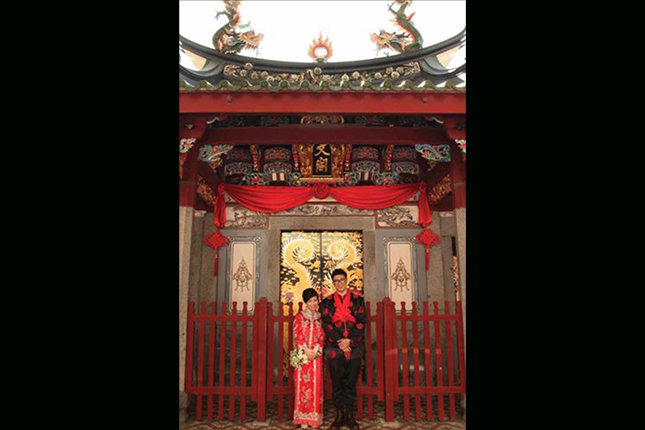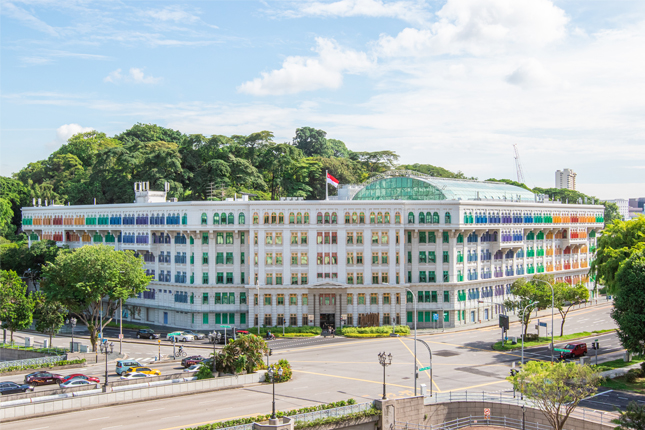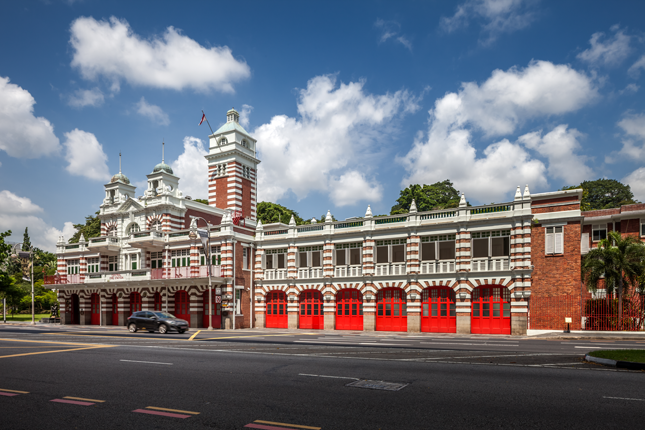Nicknamed the ‘Police Skyscraper’ in the past, the Former Hill Street Police Station is prominently located at the junction of Hill Street and River Valley Road. The building served as a police station and also housed accommodation for officers and their families. A monument to the police force in Singapore, the edifice was once the largest of its kind in Malaya.
Humble Beginnings of the Police Force
The local police force traces its history to 1819, the year Sir Stamford Raffles arrived on the island, making it one of Singapore’s oldest government organisations. Initially, the force comprised only 12 men, who were poorly paid and ill trained. There was widespread lawlessness in Singapore at that time, and gang-related crimes were not uncommon.
When Thomas Dunman was appointed the first Commissioner of Police in 1843, there was great hope that the dire situation in Singapore would improve. The former mercantile assistant was credited for enhancing the training quality and welfare of local policemen, thus transforming the force into an efficient team of law enforcers. Dunman was also instrumental in quelling the 1854 Hokkien-Teochew Riots. In 1871, he retired from his position after 23 years of service.
Largest Police Station and Barracks in Malaya
As the strength of Singapore’s police force grew, existing quarters soon became inadequate to accommodate all the police officers. The British Administration then decided to launch a development programme to improve the police infrastructure in Singapore. One of the initiatives was to construct a police station and barracks on the site of the former Assembly Rooms on Hill Street. Construction began in 1931, and the stately building was completed three years later in 1934. Director of Public Works George Sturrock declared Hill Street Police Station and Barracks open that same year.
The six-storey building was described to be the biggest and grandest of its kind in Malaya. On the ground floor were the police station and other facilities such as garages, married constables’ quarters, a recreation and instruction ground, and a parade square. The upper floors comprised apartments for police officers. Altogether, the barracks provided accommodation for 180 single men, 140 married police constables, ten sub-inspectors, as well as apartments for four European inspectors and five Asian inspectors.
Worthy of mention are the apartments for the European inspectors, which were among the most luxurious in Singapore. Each flat had two bedrooms, two bathrooms, a dining and sitting room, pantry, kitchen, servants’ quarters and even spacious verandahs. There were also playgrounds on the roof for the officers’ children. Lifts – a modern facility at that time – were also installed in the building.
The building was briefly renamed Silver Jubilee Building in 1935 to celebrate the 25th anniversary of the reign of King George V.
Camouflage Paint
During the Japanese Occupation (1942–1945), the invading military forces seized control of Hill Street Police Station and Barracks. When the Allied powers launched their first air raids on Singapore in 1943, the Japanese Administration coated the entire edifice in brown camouflage paint, hoping that it would not stand out as a military target for Allied pilots. It was only in 1949, four years after the end of the Second World War, that the camouflage paint was finally replaced with a new coat of pearly white paint.
Former Occupants
After the war, the building resumed its function as a police station and barracks. From the 1960s, however, the police personnel housed there were gradually relocated to other accommodation around the island. In December 1980, the police force vacated the premises, which became known simply as Hill Street Building. Subsequently, from 1983 onwards, various departments of the civil service moved into the building. These included the Official Receiver, Official Assignee, Public Trustees, National Archives and Oral History Department, Board of Film Censorship, Ministry of Culture’s Display and Distribution Unit, and Prison Welfare Service Unit.
Architecture and Furnishings
The Former Hill Street Police Station was designed by Frank D. Ward, Chief Architect of the Public Works Department, in the elegant Neoclassical style. The building’s monumentality is expressed through the use of reinforced concrete on a massive scale, which gives the building a solid appearance. On the front façade facing the intersection of Hill Street and River Valley Road are tall Doric pilasters that span two storeys. A triangular pediment caps the original main entrance. Beautiful corbels support the uppermost floor and cantilevered balconies around the edifice.
A prominent characteristic of the building is the sheer number of windows – over 900 of them. Prior to the installation of air-conditioning, these double-leafed louvred windows ensured that the interior was well ventilated. The interior courtyards also helped to facilitate air circulation within the building. Since 1999, the windows have been painted in brilliant rainbow hues, bringing vibrancy to the otherwise sombre historical monument.
Former Hill Street Police Station Today
The Former Hill Street Police Station underwent a major renovation in 1999 and officially reopened as the new home for the then Ministry of Information and the Arts (MITA) on 1 November 2000. The renovation increased the floor space, and a glass roof was installed in the central atrium to create an area for exhibitions and art installations. It became known as MITA Building and, later, MICA Building when the ministry was renamed the Ministry of Information, Communications, and the Arts (MICA) in 2004.
Presently, the building is known as Old Hill Street Police Station, following the reorganisation of MICA into the Ministry of Communications and Information (MCI) and the Ministry of Culture, Community, and Youth (MCCY).
Our National Monuments
Our National Monuments are an integral part of Singapore’s built heritage, which the National Heritage Board (NHB) preserves and promotes for posterity. They are monuments and sites that are accorded the highest level of protection in Singapore.




